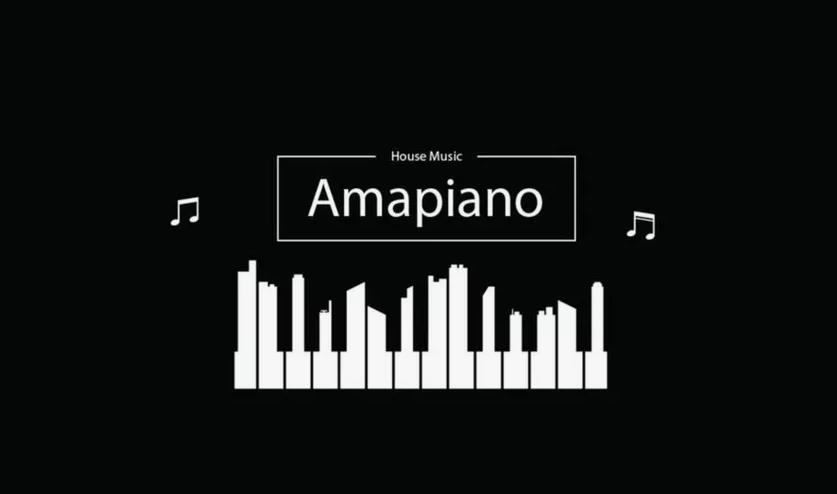Difference between rhythm and beat

Sounds can stimulate the senses and change the atmosphere of thoughts. Various components combine to create a piece of music, and each arrangement gives it its own distinctive character. Every culture and every musician has their own unique signature that is expressed through their music. Some sounds can be soothing, while others can evoke emotions. There are many forms that can change a piece of music, but the core is always beat and rhythm. Within the framework of music theory, each beat and rhythm contributes to the formation of the composition.
Beat vs rhythm
A beat is the heartbeat of a piece of music, creating a sense of time and movement. This is a sequence of accents or impulses that are evenly distributed throughout the track.
Rhythm is the organization of sounds and pauses within a beat into smaller time intervals. It reflects a repeating rhythm within the same time period. It could be anything from nature or the environment that repeats itself over time.
Sunrise is an example of a rhythm that repeats with a certain time interval between each occurrence. A beat is a unit of time during which a specific rhythm must occur. If the pace is high, the distance between successive moments will decrease.
A certain melodic line consists of ten beats, so any rhythm of any length will be repeated in only the 1st measure.
Comparison table
| Comparison options | Beat | Rhythm |
|---|---|---|
| Definition | The beat is the basic element of musical structure. | Rhythm is the time interval between each prominent accent. |
| Type | There are five types such as random, regular, alternating, smooth and progressive rhythm. | The beat includes drums, high-frequency percussion sounds, bass, and melodic elements. |
| Elements | The beat includes drums, high-frequency percussion sounds, bass, and melodic elements. | Rhythm covers pace, content and quality. |
| Variations | The tact remains unchanged. | Rhythm is subject to change. |
| Examples | A heartbeat is an example of a beat. | A heartbeat is an example of a beat. |
What is bit?
Simply put, a beat is the basic unit of time in music. It serves to determine the tempo and rhythm of a piece of music.
The beats of music play a key role in synchronizing other musical elements; Without them, musicians become disoriented and unable to play notes correctly.
The beat is the foundation of any composition. During the creation of a song, the choice of beat determines the overall sound and direction of the song.
Although the song has melody and harmony, the beats form the rhythm and dictate the tempo.
When listening to music, people often start singing along or clapping along. These moments of the beat subconsciously affect the listener.
Most music includes percussion instruments, as the beats are an integral part of the drum section.
The beats are divided and combined to create a meter, such as double or triple meter, depending on the combination of beats.
The different beats and their division also determine the meter, which can be simple or compound.
Modern musicians use digital recording stations to create beats and arrange musical elements to achieve the desired sound.
Beats are also made up of various elements, including unique sound effects, which are used to create a musical arrangement.
What is rhythm?
Rhythm is a cyclically repeating pattern of beats with certain accents at certain times. The sense of rhythm is defined as the gap or distance between successive elements.
Understanding rhythm is essential to creating beautiful melodies and harmonies, as its application in tracks is a key element in shaping compositions and melodies.
Rhythms determine the arrangement of various musical components. In traditional Western and modern music, meter serves as the glue of musical texture.
The category of tempo rhythms describes the performance of the rhythmic elements that make up a piece of music. If we take a closer look at a music track, we will see that two significant measures have a specific time interval between them, which determines the rhythm of the composition.
Rhythm is not limited to music. It manifests itself in the tides of the sea, the beating of our hearts, our dreams, and even in poetry, since all these phenomena have periodic repeating patterns. The word “rhythm” comes from Greek and means “flow”, connecting its meaning to music and other periodic phenomena over time.
Key differences between beat and rhythm
Beat is an entity in acoustics and musicology, while rhythm covers a wider range of aspects such as everyday life and the environment.
Beats are divided into four types, while rhythms are divided into five categories for more detailed analysis.
The balanced pulsation in a melody is similar to the beat of the heart, but rhythm in the context of music is determined by the meter of the notes and the overall structure of the piece.
To create beats, six elements are needed: the kick drum, the melodic instrument, the snare drum, high-frequency percussion sounds and the bass. While for rhythm, content, quality and tempo are important.
Beats are fixed, while rhythm is a variable parameter that can change depending on the specific musical context.










